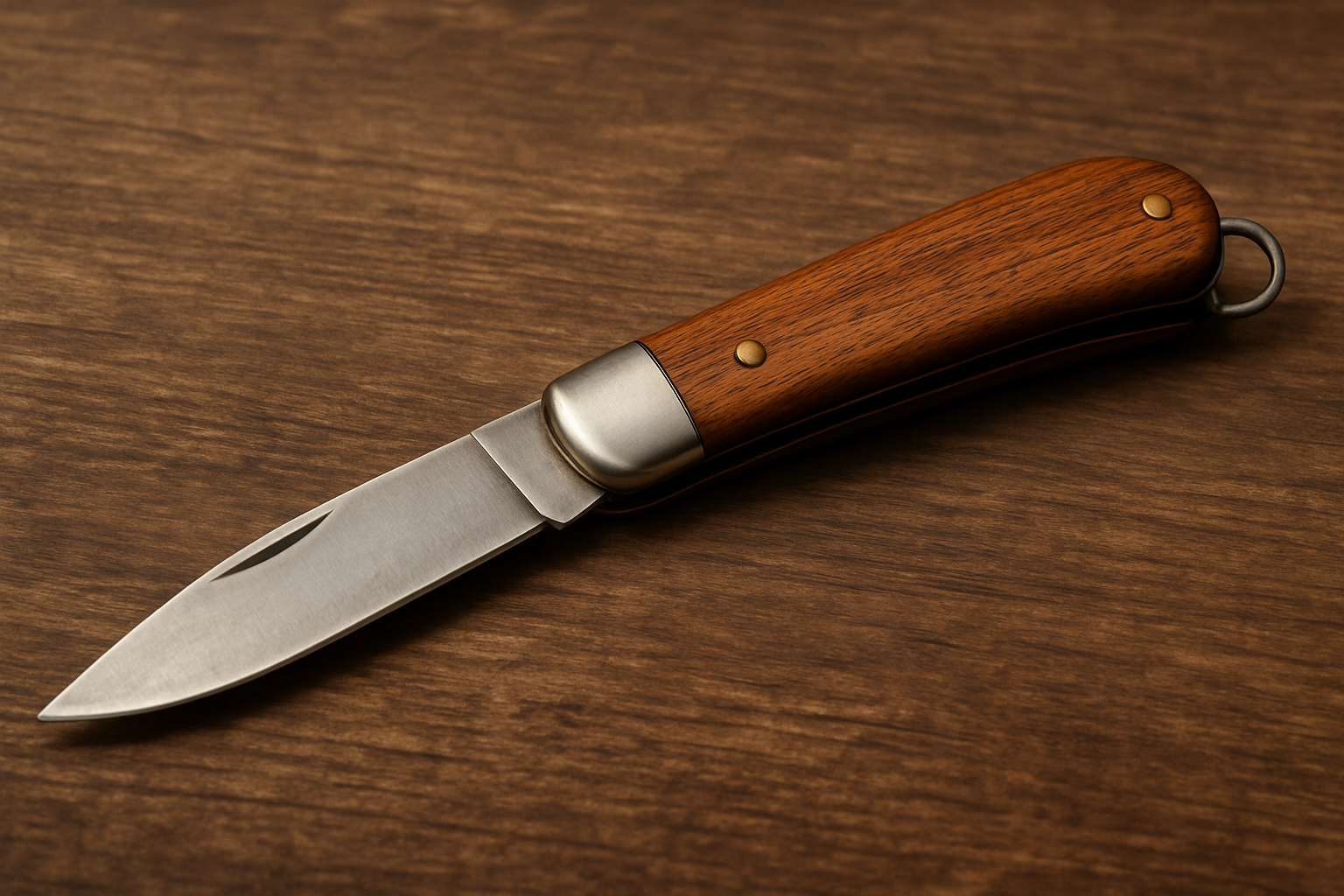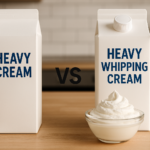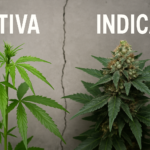A pen knife may seem like a small and simple tool, but its history and continued use make it far more than just a pocket accessory. Originally created centuries ago for sharpening quills used in writing, the pen knife has evolved into a compact folding blade that people still carry and rely on today. Its enduring popularity comes from its balance of practicality, portability, and craftsmanship. Whether tucked into a pocket for daily tasks or collected for its design, the pen knife continues to hold a unique place in both everyday life and culture.
Understanding what makes the pen knife so enduring requires a closer look at where it came from, how it is designed, what it is used for, and the traditions that have kept it alive through generations. This guide explores every aspect of the pen knife in a way that is clear, approachable, and useful for anyone who is curious about this timeless tool.
The Origins of the Pen Knife
The name “pen knife” comes from a time long before modern pens and pencils. In the days when people wrote with quills, a feather had to be sharpened into a fine point so it could hold ink and write on paper. A small, sharp blade was the ideal tool for shaping the delicate quill tip, and this specialized knife became known as the pen knife. Unlike larger knives meant for hunting or cooking, it was designed for precision and control.
As writing technology evolved, so did the knife itself. By the eighteenth and nineteenth centuries, the pen knife had shifted away from quill sharpening and had become more of a compact folding knife for everyday use. Its convenient size meant it could easily be carried in a pocket, making it useful not only for writing tasks but for many small jobs in daily life. The pen knife eventually became a term used to describe any small folding knife, and that meaning continues today.
Design and Features of a Pen Knife
The design of a pen knife is one of the reasons it has lasted so long in practical use. Unlike larger knives, the pen knife is intentionally small, lightweight, and discreet. Most models measure only a few inches when folded, making them easy to carry without drawing attention. The blade usually folds into the handle, which protects both the user and the edge itself.
Construction plays an important role in a pen knife’s durability. Blades are typically made of stainless steel or carbon steel, offering strength, sharpness, and resistance to rust. Handles can range from simple plastic or wood to more refined materials such as bone, horn, or even modern composites. The choice of handle not only affects the knife’s appearance but also its grip and comfort in use.
What separates a pen knife from other folding knives is its balance of simplicity and versatility. While some pocket knives are multi-tools with multiple blades and gadgets, the pen knife often has just one or two small blades. This makes it easy to use, less bulky, and focused on straightforward cutting tasks rather than being an all-in-one survival tool. Its modest size and elegant design make it distinct in a world of larger, more aggressive-looking knives.
Everyday Uses of a Pen Knife
The charm of the pen knife is that it is both simple and endlessly useful. In daily life, people find themselves needing a sharp edge for small tasks that do not justify a larger tool. Opening packages, trimming loose threads, sharpening pencils, or cutting a piece of string are all situations where a pen knife proves its worth.
Beyond household tasks, the pen knife has a place in hobbies and crafts. Artists, woodworkers, and hobbyists often use them for fine, detailed cuts. Gardeners sometimes carry them for light pruning or grafting. Outdoors enthusiasts value them for fishing, camping, and hiking, where a small, sharp blade can come in handy without adding much weight to their gear.
In many ways, the pen knife represents the idea of preparedness. It is not flashy or overwhelming, but when a small job arises, the pen knife is often the perfect solution. This balance of practicality and subtlety explains why people continue to carry and appreciate them even in an age where utility tools and gadgets are everywhere.
Collecting and Craftsmanship
For some, the pen knife is more than just a tool—it is a collectible piece of history and craftsmanship. Collectors are drawn to pen knives because of the variety of designs, the quality of materials, and the traditions behind them. Antique pen knives from centuries past offer a glimpse into the tools of everyday people, while modern limited editions showcase innovative designs and fine artistry.
Traditional pen knives often feature classic materials like wood or bone handles, hand-polished blades, and simple but elegant designs. These appeal to collectors who value heritage and timeless style. On the other hand, modern pen knives may use high-tech materials like carbon fiber, titanium, or advanced stainless steels, attracting those who appreciate innovation and durability.
Handmade or branded models hold particular value, not only because of their materials but also because of the craftsmanship that goes into making them. A carefully designed pen knife can be seen as both a practical tool and a work of art. This dual nature makes pen knives especially appealing to enthusiasts who admire the balance between form and function.
Safety and Legal Considerations
While pen knives are small and practical, they are still blades, and safety is essential. Handling a pen knife requires care to avoid accidental cuts. Closing the blade securely after use, keeping fingers clear of the edge, and storing it properly are all simple but important habits. A well-designed pen knife will have a secure folding mechanism, but it is up to the user to treat it responsibly.
Another factor to consider is the law. Different countries and regions have rules about carrying knives, even small folding ones. In many places, a pen knife with a short blade is legal to carry, while larger knives or locking blades may face restrictions. Travelers should always check local laws before carrying a pen knife to avoid unintended legal issues. Being aware of these rules ensures that the pen knife remains a tool of convenience rather than a source of trouble.
Caring for a Pen Knife
A pen knife is most effective when it is well maintained. Regular cleaning prevents dirt, dust, and moisture from damaging the blade or handle. After use, wiping the blade with a clean cloth can help prevent corrosion, especially if it has been exposed to moisture. For knives with wooden handles, occasional oiling keeps the material from drying out and cracking.
Sharpening is another key part of care. A dull pen knife loses its usefulness and can even become more dangerous, since more force is required to cut. Sharpening can be done with a small whetstone or a pocket-sized sharpener, restoring the blade’s fine edge. Proper sharpening not only extends the life of the pen knife but also ensures it remains a reliable tool whenever it is needed.
Conclusion
The pen knife is a perfect example of how simple tools can stand the test of time. From its beginnings as a quill-sharpening blade to its modern role as a compact folding knife, it has adapted to changing needs while keeping its identity as a practical, dependable companion. Its thoughtful design, everyday usefulness, and cultural significance have secured its place as both a tool and a collectible.
What makes the pen knife enduring is its quiet reliability. It does not demand attention, yet it proves itself in countless small ways, whether trimming paper, preparing for outdoor activities, or resting in a collector’s display. Even in a world full of advanced tools, the pen knife remains trusted, versatile, and valued. For anyone who appreciates history, design, and practicality, the pen knife continues to be more than just a blade—it is a timeless tool that connects past and present in the palm of your hand.
My name is Mustafa, and I have been blogging for over 5 years. I am passionate about sharing complete, accurate, and helpful information with my readers. Along with managing content on The Matcha Read, I also contribute blog posts to premium websites. My goal is to provide valuable insights in a clear and easy-to-understand way, so every reader walks away with useful knowledge.










